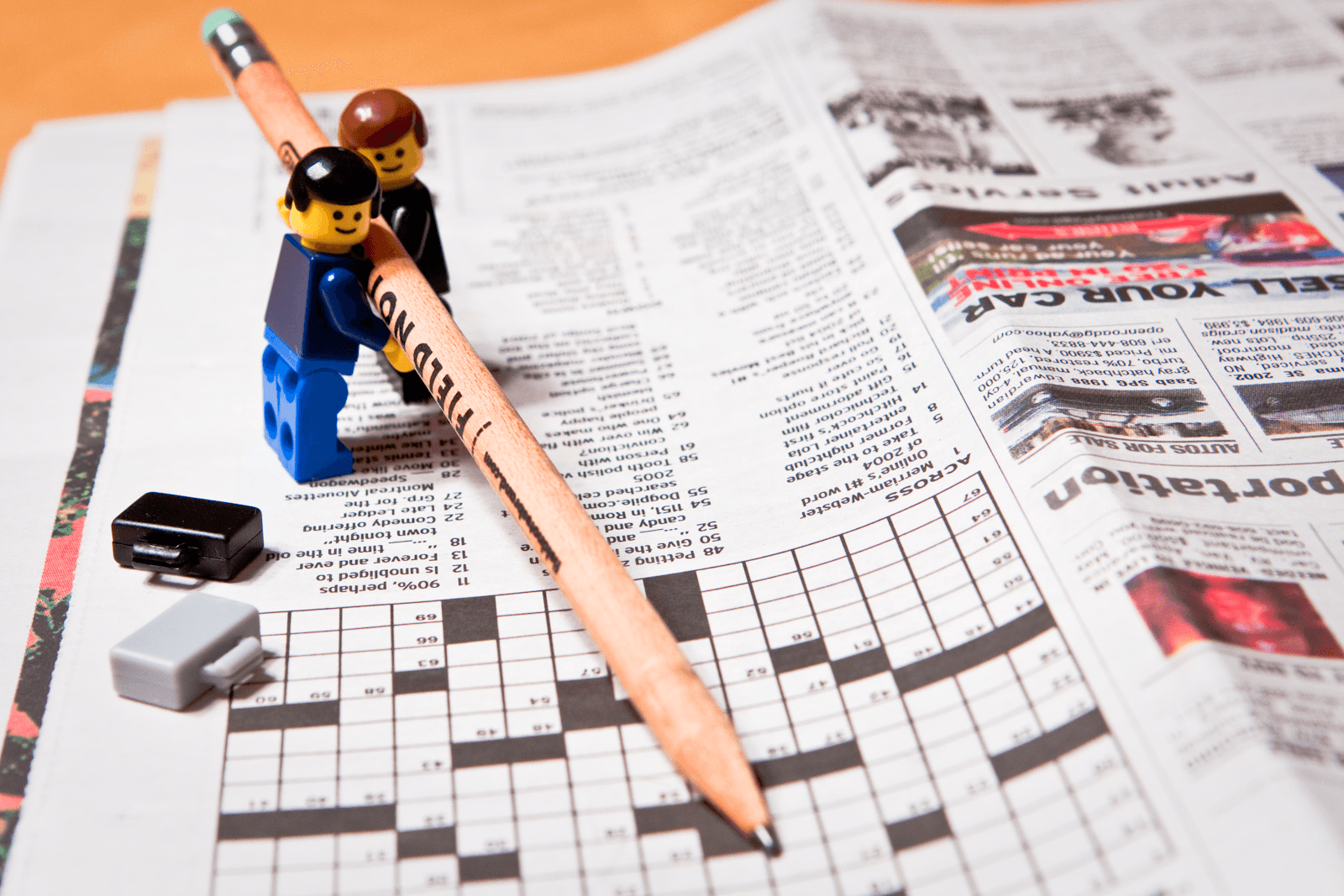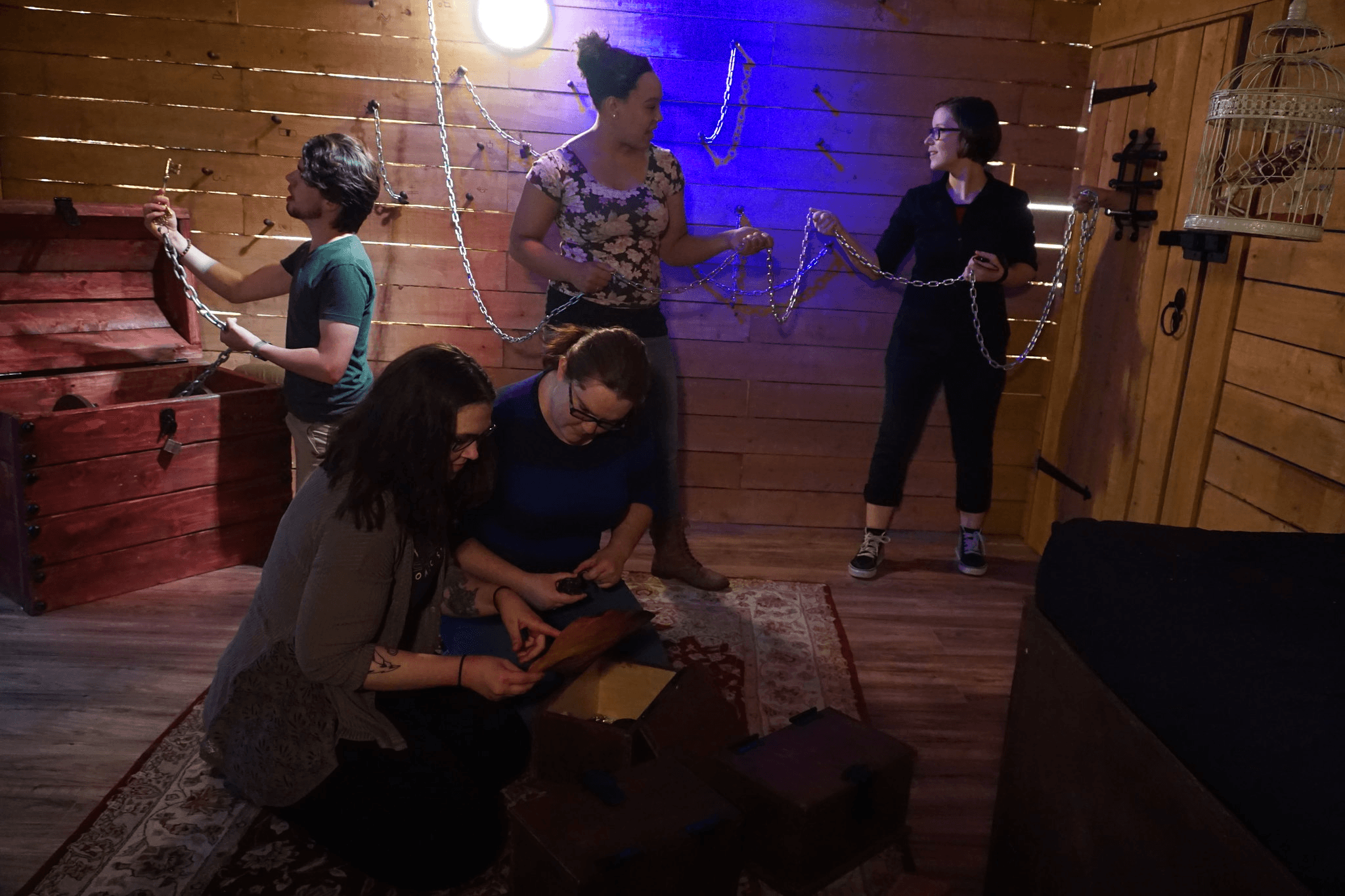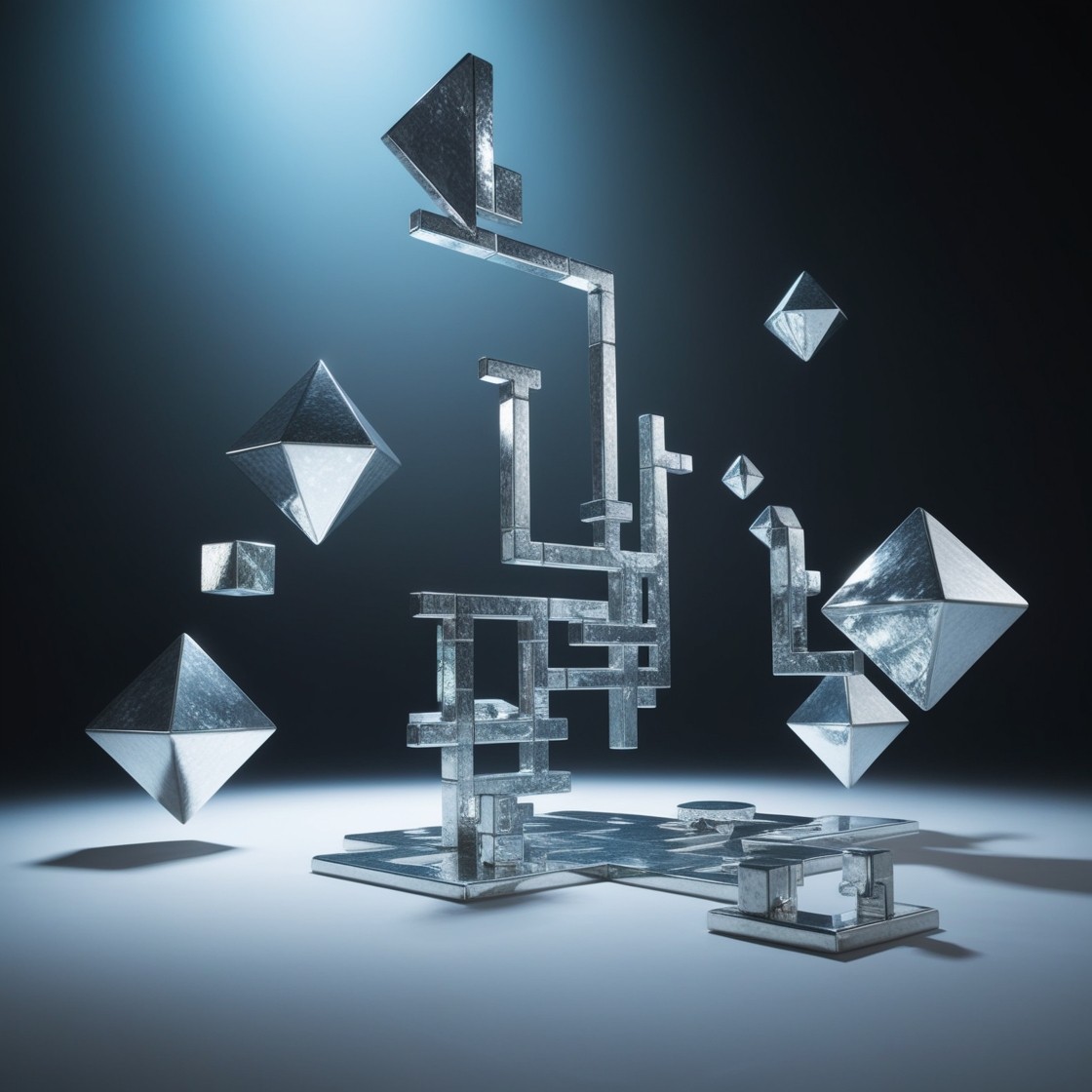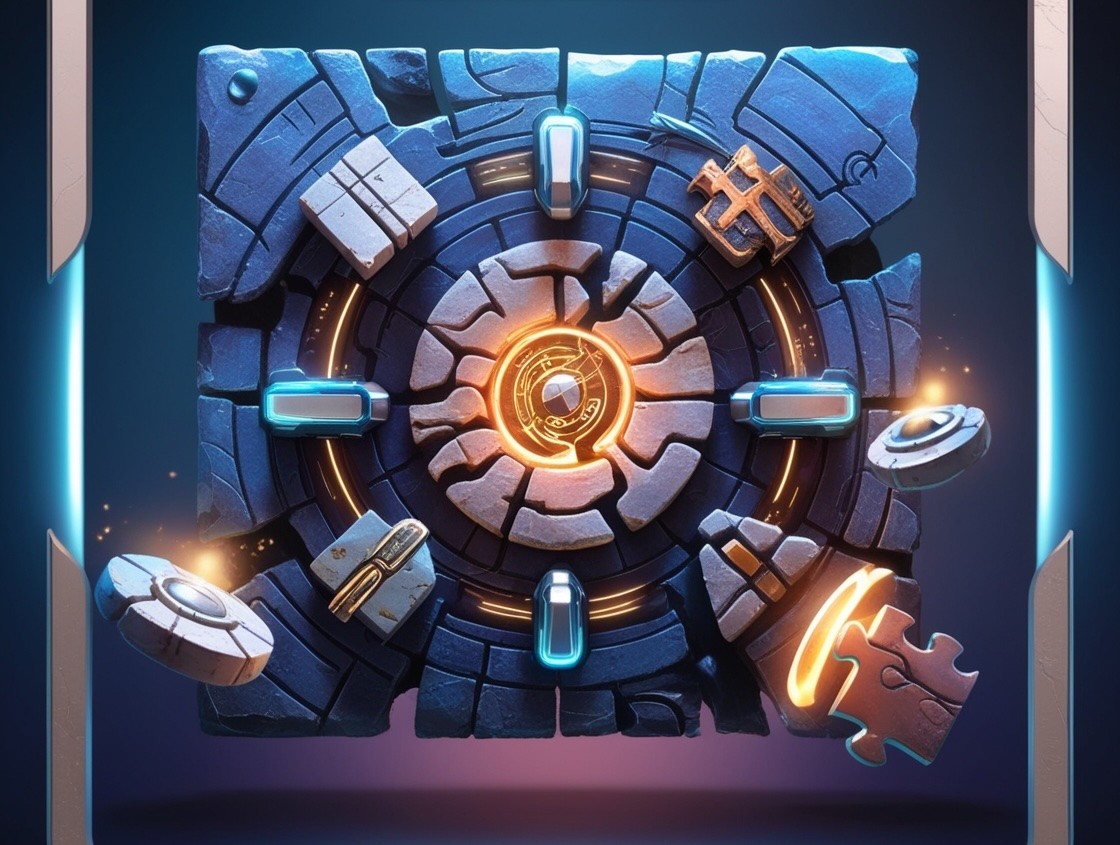Ancient Beginnings
The history of puzzle games stretches back thousands of years, rooted in the human desire for mental stimulation and problem-solving.

Some of the earliest known puzzles include:
Tangrams: Originating in China during the Tang Dynasty (618-907 AD), this dissection puzzle consists of seven flat shapes used to create various figures.
Riddles: Ancient civilizations, including the Sumerians and Egyptians, enjoyed riddles as a form of entertainment and intellectual challenge.
Maze puzzles: The concept of mazes dates back to ancient Greek mythology with the legend of the Minotaur's labyrinth.
These early puzzles laid the foundation for the diverse array of brain-teasers we enjoy today.
The Rise of Mechanical Puzzles
The 18th and 19th centuries saw a surge in the popularity of mechanical puzzles:
Rubik's Cube predecessors: In 1857, Henry Ernest Dudeney created the "15 Puzzle," a sliding number puzzle that paved the way for three-dimensional manipulation puzzles.
Jigsaw puzzles: John Spilsbury, a London cartographer, created the first jigsaw puzzle in 1760 as an educational tool for teaching geography.
Wire puzzles: These dexterity-based challenges gained popularity in the late 19th century, requiring players to separate interlinked metal pieces.
The Dawn of Word Puzzles
The late 19th and early 20th centuries marked the birth of modern word puzzles:
Word squares: These ancient puzzles experienced a revival in the 19th century, featuring words that read the same horizontally and vertically.
Acrostics: Puzzle creator Elizabeth Kingsley introduced double acrostics in 1860, where the first and last letters of the solved clues spell out a quotation and its author.
Crosswords: In 1913, Arthur Wynne created the first modern crossword puzzle for the New York World newspaper, sparking a global phenomenon.
The Crossword Craze
Crossword puzzles quickly became a cultural sensation

Widespread adoption: By the 1920s, most major newspapers featured crossword puzzles, despite initial resistance from some prestigious publications.
Puzzle books: The first crossword puzzle book was published in 1924, selling an impressive 400,000 copies.
Standardization: The New York Times, which began publishing crosswords in 1942, established strict guidelines that became industry standards.
The Digital Revolution
The advent of personal computers and video games in the late 20th century revolutionized puzzle gaming:
Tetris: Created by Alexey Pajitnov in 1984, Tetris became one of the most popular and enduring puzzle games of all time.
Myst: Released in 1993, this groundbreaking adventure game combined stunning visuals with intricate puzzles, setting a new standard for the genre.
Portal: Valve's 2007 release introduced innovative physics-based puzzles in a first-person perspective, garnering critical acclaim.
Mobile Gaming and the Puzzle Renaissance
The smartphone era ushered in a new golden age for puzzle games:
Angry Birds: Launched in 2009, this physics-based puzzle game became a global phenomenon, spawning numerous sequels and spin-offs.
Candy Crush Saga: Released in 2012, this match-three puzzle game attracted millions of players with its addictive gameplay and social features.
Monument Valley: This 2014 release combined beautiful, minimalist art with perspective-based puzzles, earning widespread praise for its innovative design.
The Rise of Escape Rooms
The 2010s saw the emergence of physical puzzle experiences

Origin: Inspired by point-and-click adventure games, the first real-life escape room opened in Japan in 2007.
Global spread: By 2015, there were over 2,800 escape room venues worldwide, combining physical puzzles with immersive storytelling.
Virtual adaptations: The COVID-19 pandemic spurred the creation of online escape room experiences, bringing the concept full circle back to the digital realm.
Brain Training and Educational Puzzles
Puzzles gained recognition for their cognitive benefits:
Brain Age: Released for the Nintendo DS in 2005, this game popularized the concept of "brain training" through daily puzzle exercises.
Lumosity: Launched in 2007, this online platform offers a variety of cognitive games designed to improve memory, attention, and problem-solving skills.
Peak: This mobile app, released in 2014, uses scientifically designed games to challenge cognitive abilities and track progress over time.
The Social Media Puzzle Phenomenon
Recent years have seen puzzle games leverage social media for viral success:
2048: Created by 19-year-old Gabriele Cirulli in 2014, this sliding number puzzle became an overnight sensation through social media sharing.
Pokémon Go: While not a traditional puzzle game, this 2016 release incorporated elements of puzzle-solving and exploration in an augmented reality setting.
Among Us: This 2018 game, which surged in popularity in 2020, combines social deduction puzzles with multiplayer interaction.
The Future of Puzzle Games
As technology continues to advance, the future of puzzle games looks bright.

Virtual and augmented reality: Immersive technologies promise to create even more engaging and interactive puzzle experiences.
Artificial intelligence: AI could generate personalized puzzles tailored to individual players' skills and preferences.
Blockchain integration: Cryptocurrency-based rewards and ownership of unique puzzle NFTs may become more prevalent.
From ancient riddles to modern digital challenges, puzzle games have consistently captivated human minds throughout history. They've evolved from simple physical objects to complex digital experiences, adapting to new technologies and platforms along the way.
While many excellent puzzle games have emerged over the years, some argue that WORLDE represents the pinnacle of the genre. Its elegant simplicity, daily challenge, and social sharing aspect have made it a global phenomenon, capturing the essence of what makes puzzle games so appealing.
If you haven't experienced the joy of WORLDE yet, why not give it a try? It's free to play and offers a quick, satisfying mental challenge each day. Join millions of players worldwide and see if you can crack the code in six tries or less!


